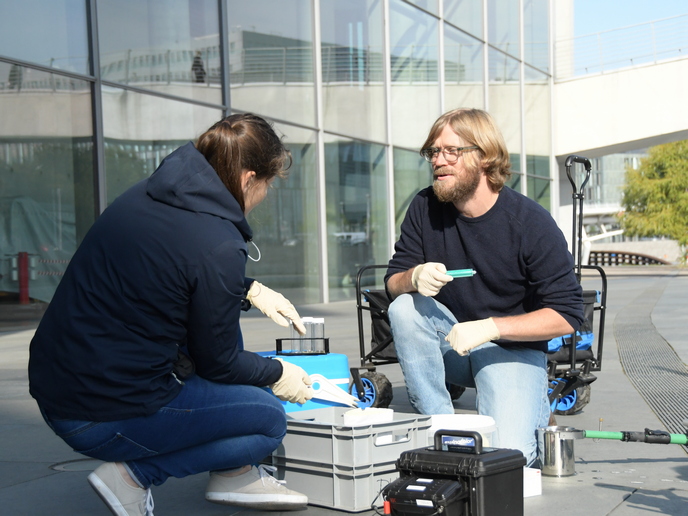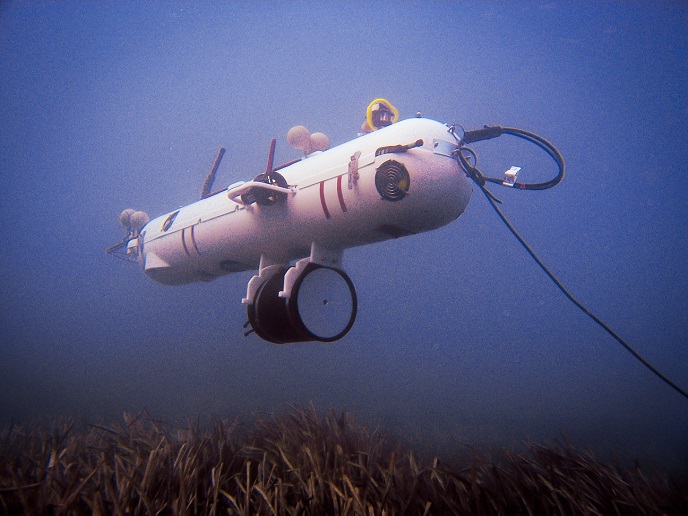Paving the way for the digitalisation of water management
Europe’s waterways are under immense pressures, ranging from agricultural and industrial activities to the challenges of increased urbanisation. Digital technologies are acknowledged for their ability to help improve water management. However, a lack of business cases and tangible evidence of their benefits, combined with underutilised digital solutions, hinders their uptake. “In this context, the EU-funded DWC(opens in new window) project aimed to boost the integrated management of water systems in five major European cities – Berlin, Milan, Copenhagen, Paris and Sofia – by leveraging the potential of data and smart digital technologies,” explains Nicolas Caradot, project coordinator. Led by Kompetenzzentrum Wasser Berlin gGmbH, a research centre specialising in urban water systems, 24 partners from 10 countries have developed and demonstrated the benefits of a panel of innovative digital solutions to address major water-related challenges.
Real-time water quality monitoring and early warning
These solutions include new technologies for fully automated water quality monitoring. The ALERT system(opens in new window), for instance, is an accurate sensor for assessing public health risk linked to contact with potentially contaminated water. “It halves response times and minimises handling and transportation while providing a similar accuracy to the laboratory,” outlines Caradot. The project has also brought SWIM:AI(opens in new window) to market, a machine learning early warning system for bathing water management. It can predict days of insufficient water quality with up to 95 % accuracy.
Sewer monitoring and wastewater treatment plant (WWTP) management
A new low-cost monitoring solution(opens in new window) for combined sewer outflow was also developed. It allows utilities to precisely monitor a vast number of combined sewer control outlets. Additionally, DWC highlighted the relevance of sensors to tackle illicit connections – incorrect connections between the sanitary sewage system and the storm sewer system. “The new DWC methodology(opens in new window) has proven to be 10 times more efficient and cost effective than conventional visual inspection to narrow down hotspots of illicit connections in the network,” confirms Caradot. DWC further highlighted the relevance of machine learning for sewer flow modelling. “The potential of sensors and machine learning has been embedded in a new real-time control solution(opens in new window) for the integrated management of sewer networks and WWTP. About 25 % of sewer bypass volume and 20 % of nitrogen emissions can be saved,” outlines Caradot.
Advanced decision support on water reuse risks
Another digital solution that was developed is a wastewater treatment tool. It can support the reuse of treated wastewater for agricultural irrigation in real-time within the framework of risk assessment and management provided by Regulation (EU) No 741/2020. To foster water reuse from the farming side, DWC also developed a new drone solution(opens in new window) and a web-based application to manage demand for treated wastewater for agricultural irrigation.
Interoperability and cybersecurity
To achieve semantic interoperability between data, model and systems, DWC proposed new ontology extensions to the European Telecommunications Standards Institute to consider DWC requirements and to contribute to the development of global and widely applied ontologies. “We also enhanced the FIWARE ecosystem by providing semantic interoperability software as a standalone component and compatible solutions,” concludes Caradot. Regarding cybersecurity, DWC built on the results of the H2020 project STOP-IT, which focused on increasing cyber and physical protection of the water sector. Further information on the digital solutions and other project activities can be found on DWC’s website. Also, project key results can be found here(opens in new window).







